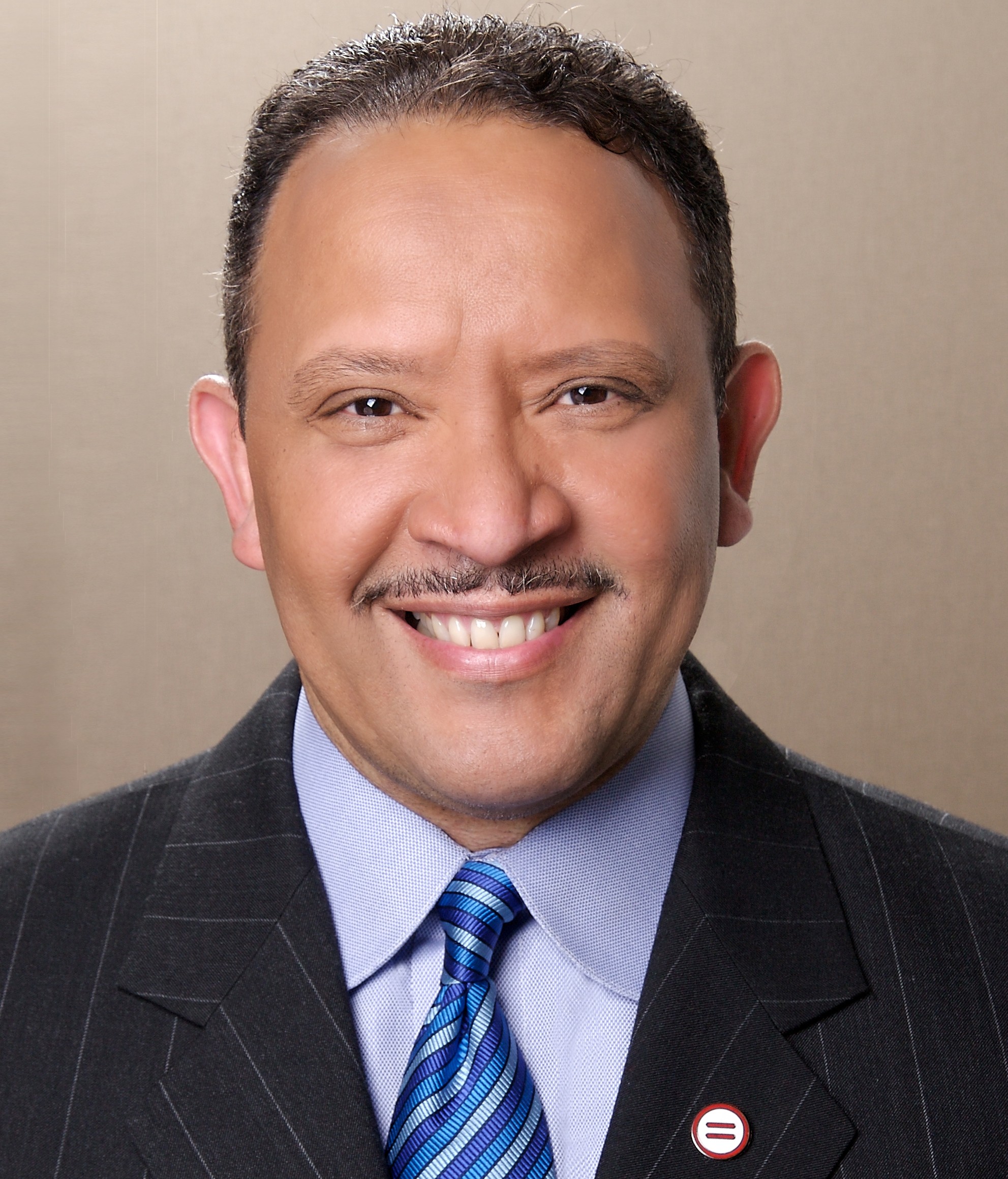
Complete Streets is a fundamentally different approach to transportation planning, design, and engineering than the status quo of the last half century. It requires that all aspects of decision-making and implementation consider the needs of all people who use a road, regardless of age, ability, or mode of transportation. Streets are viewed as more than ways to move as many vehicles as possible. They are public spaces that connect and contribute to everything that surrounds them.
View this complete post...

















 RSS Feed
RSS Feed